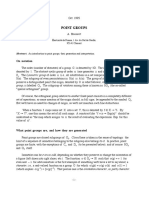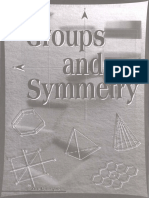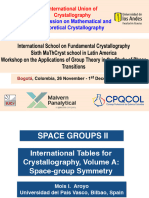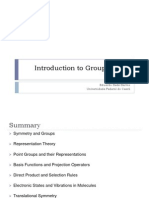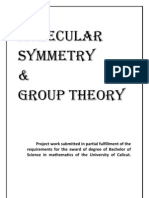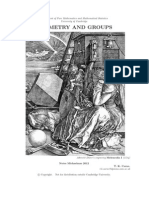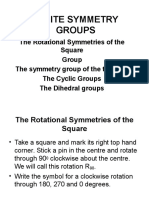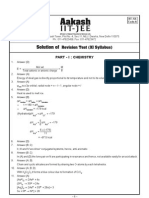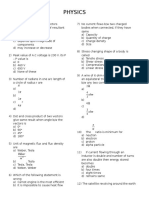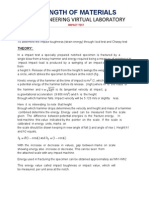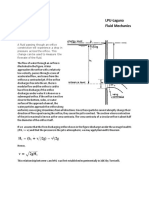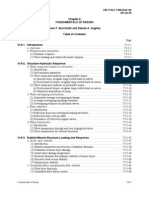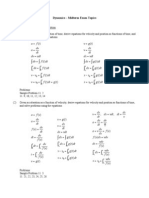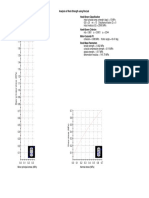0% found this document useful (0 votes)
120 views2 pages0.1 Point Groups
Point groups represent symmetry operations that leave at least one point unchanged. In two dimensions, these include cyclic groups Cn representing rotational symmetries and dihedral groups Dn including inversion. In three dimensions, point groups correspond to symmetry groups of regular polyhedra. Lattice groups represent translational symmetries on a lattice defined by basis vectors. Any pattern repeating in space exists on such a lattice. The crystallographic restriction provides that only rotations of order 1-6 are possible in uniform tilings of space, allowing 10 possible plane groups: C1, C2, C3, C4, C6, D1, D2, D3, D4, D6. Space groups combine point groups and lattice
Uploaded by
Miguel Angel Mosquera MolinaCopyright
© © All Rights Reserved
We take content rights seriously. If you suspect this is your content, claim it here.
Available Formats
Download as PDF, TXT or read online on Scribd
0% found this document useful (0 votes)
120 views2 pages0.1 Point Groups
Point groups represent symmetry operations that leave at least one point unchanged. In two dimensions, these include cyclic groups Cn representing rotational symmetries and dihedral groups Dn including inversion. In three dimensions, point groups correspond to symmetry groups of regular polyhedra. Lattice groups represent translational symmetries on a lattice defined by basis vectors. Any pattern repeating in space exists on such a lattice. The crystallographic restriction provides that only rotations of order 1-6 are possible in uniform tilings of space, allowing 10 possible plane groups: C1, C2, C3, C4, C6, D1, D2, D3, D4, D6. Space groups combine point groups and lattice
Uploaded by
Miguel Angel Mosquera MolinaCopyright
© © All Rights Reserved
We take content rights seriously. If you suspect this is your content, claim it here.
Available Formats
Download as PDF, TXT or read online on Scribd
/ 2
